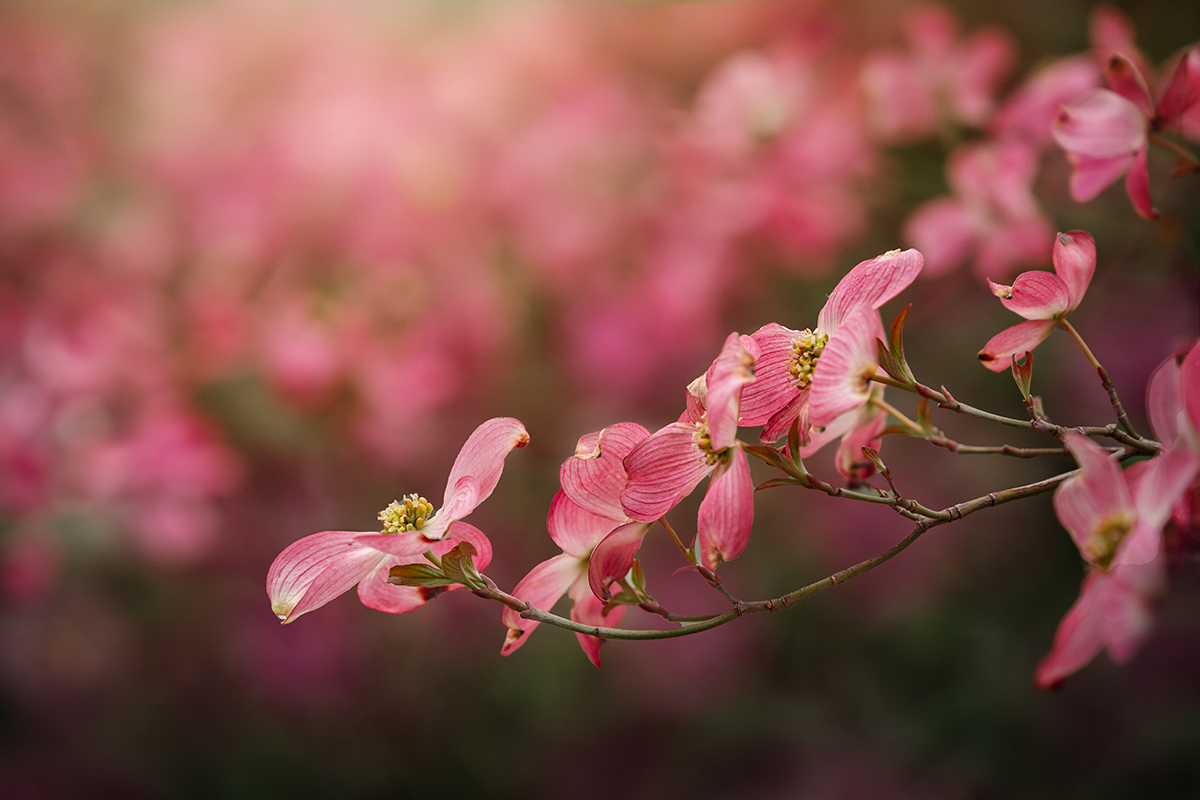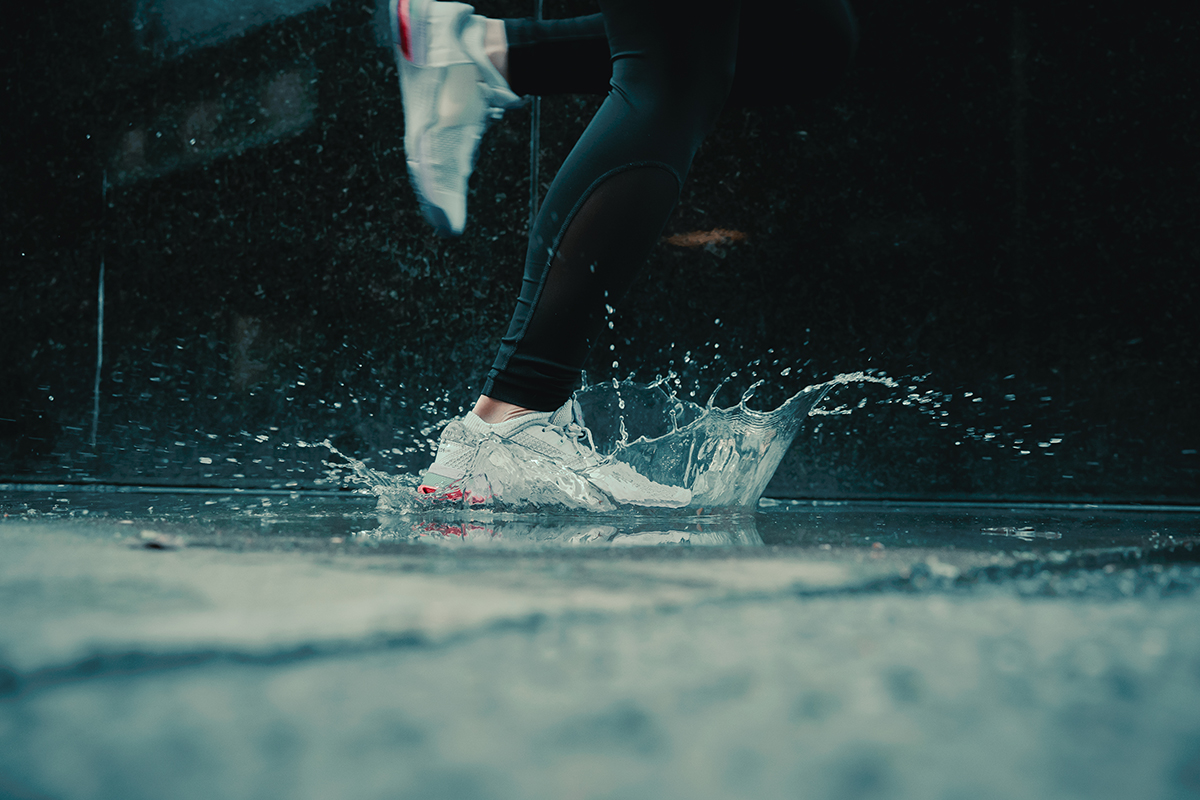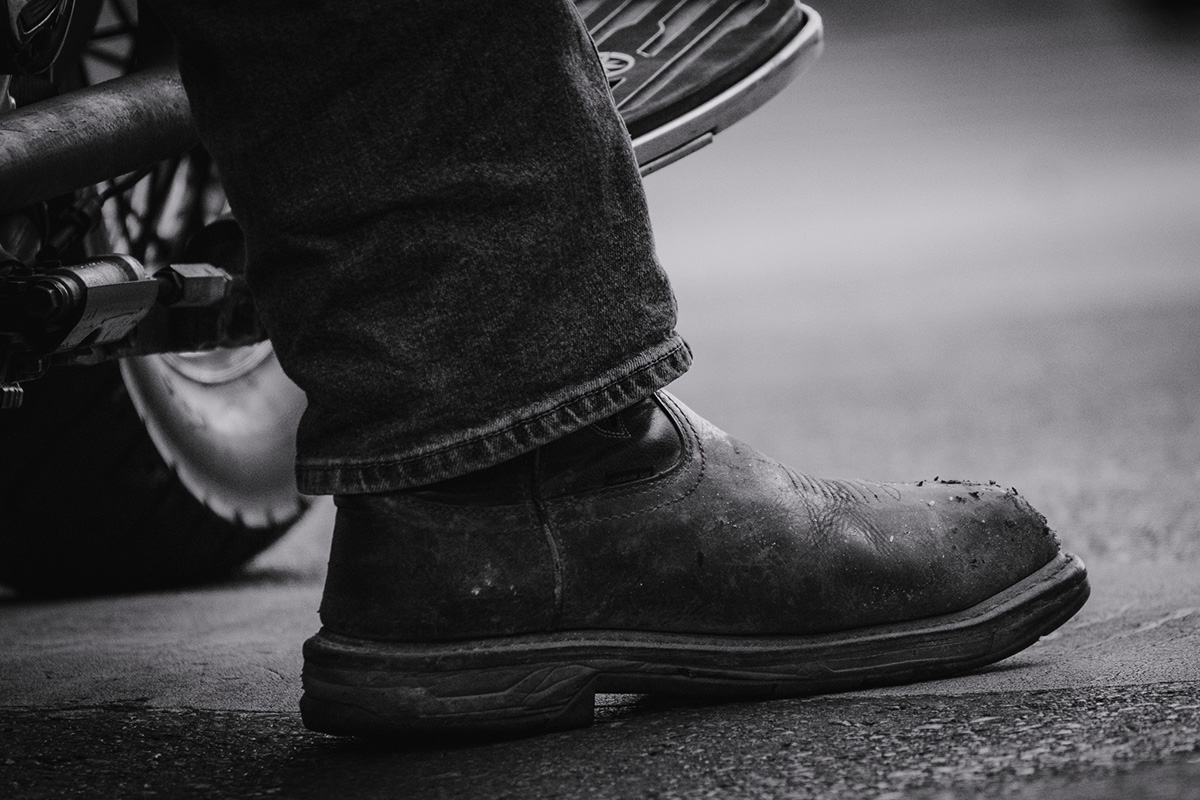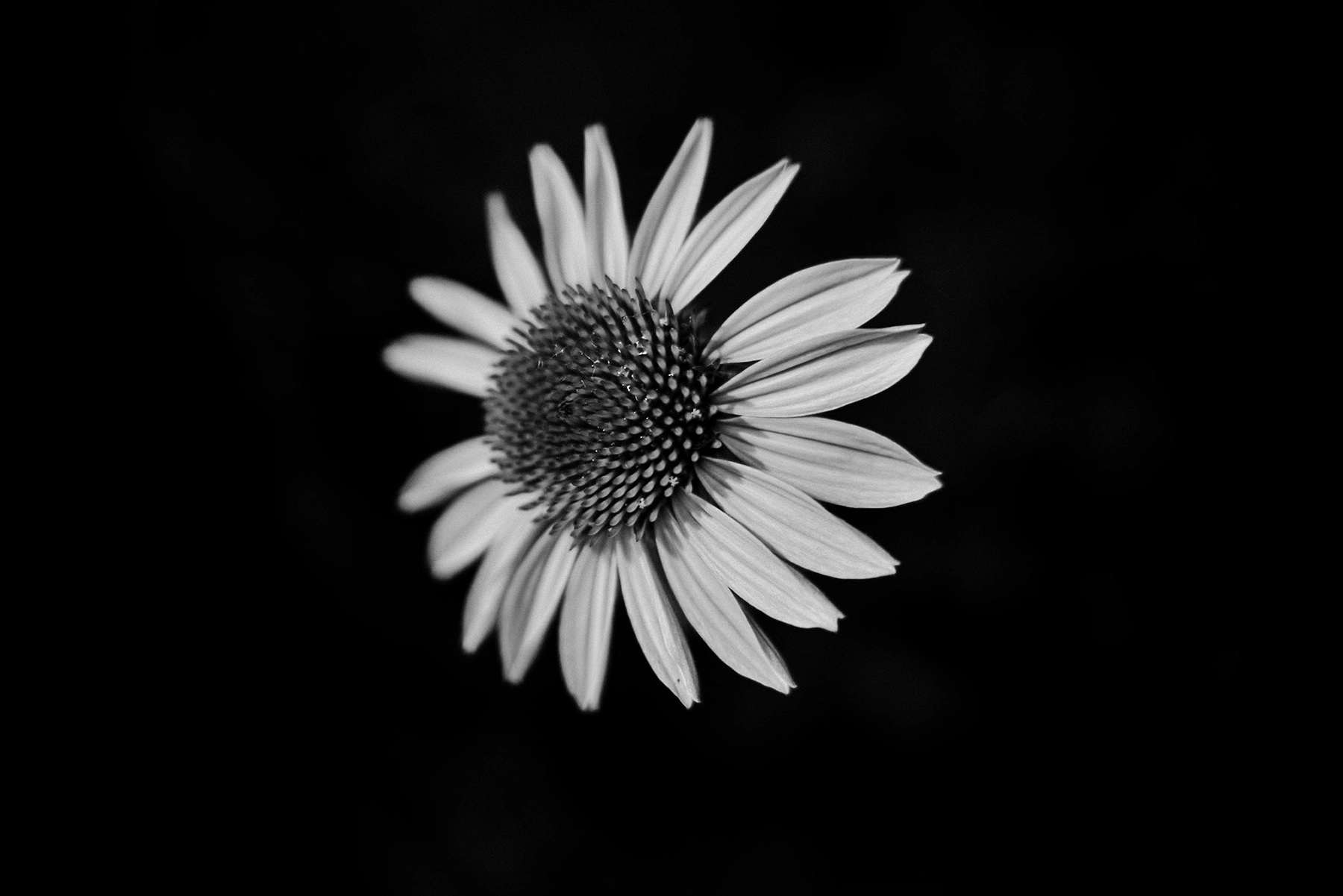
Macro in Monochrome
From locks to loose change, Tony Shepherd gets up close to everyday objects with his Tamron 90mm F2.8 and 35-150mm F2-2.8 lenses.
Author: Jenn Gidman
Images: Tony Shepherd
Share Article
From locks to loose change, Tony Shepherd gets up close to everyday objects with his Tamron 90mm F2.8 and 35-150mm F2-2.8 lenses.
Shooting random objects in black and white has proven therapeutic to Tony Shepherd over the years. With the fast apertures and superior resolution of his Tamron 90mm F/2.8 Di III VXD M1:1 mid-telephoto macro lens and 35-150mm F/2-2.8 Di III VXD all-in-one zoom for his Sony mirrorless camera system, the Nashville photographer is able to place the focus where he chooses in his eye-catching imagery.
“I’m a big bokeh fan,” Tony says. “I like to treat the pictures I shoot of these found objects like portraits. With a portrait, the focal length or aperture setting confers meaning onto the subject. For instance, if I shoot at a wide angle at F8, I’m saying to the viewer that everything matters in the photo—I want you to see and take it all in equally. But when I shoot my macro-style work with these two Tamron lenses, I’m able to deploy a shallow depth-of-field to communicate that although everything in the image may be worthy of attention, there’s one part of it that matters more from an artistic and compositional perspective.”
Read on for a brief how-to on how Tony shot these black-and-whites with his Tamron 90mm F2.8 and 35-150mm F2-2.8 lenses.

I could probably put together an entire photo book about locks. No matter where you go, locks are essential to every sphere of life: car locks, door locks, locks like this. They’re an intriguing concept that we often take for granted—whenever you see a lock, you know there’s something valuable it’s guarding. There’s a built-in mystery to a lock that I don’t think we even consciously register when we see one.
I’d visited a Little League baseball field in Nashville to search for baseballs to photograph, but instead I was drawn to this lockbox, with that single lock dangling from it. The lock was a bit newer, so it didn’t have the rusted-out texture that I usually look for. Instead, I took advantage of the fact that it was a very bright day, shooting the photo so the side light came in at a 45-degree angle, with heavy highlights in the background.
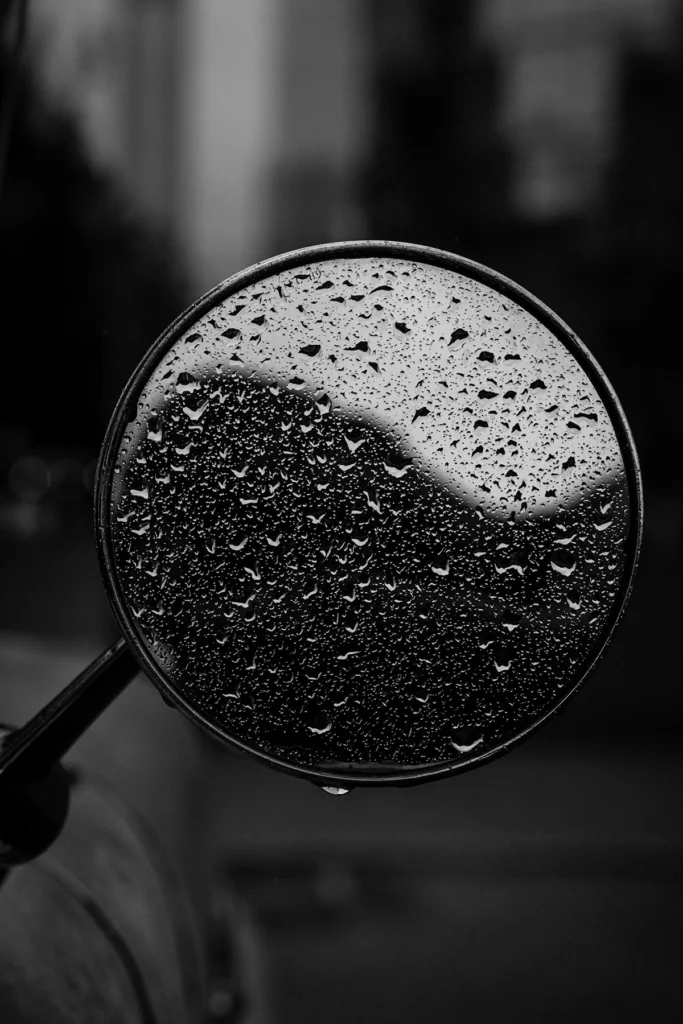
There’s a classic baby-blue 1950s truck in a parking lot in downtown Nashville that advertises Gibson guitars. A lot of people take pictures of the truck’s broader features, and I’ve taken a bunch of wider shots of it myself. In this case, however, I wanted to concentrate on the vehicle’s unusual round side mirror.
I was walking by the truck on a rainy day, and while everyone else ran to take cover, I headed right for the truck—I knew the raindrops would be fantastic from a photographic standpoint. The yin-yang-looking shape in the mirror is simply the appearance of a building in back of where I’m standing.
You’ve got the texture of the water droplets, the highlights and shadows, the isolation of the mirror from everything else in the scene. That’s what I especially love about creating artistic black-and-white photos with a macro lens like the Tamron 90mm F2.8: You can shoot a more abstract image like this, where the viewer has to slowly piece together what they’re looking at from the context clues.
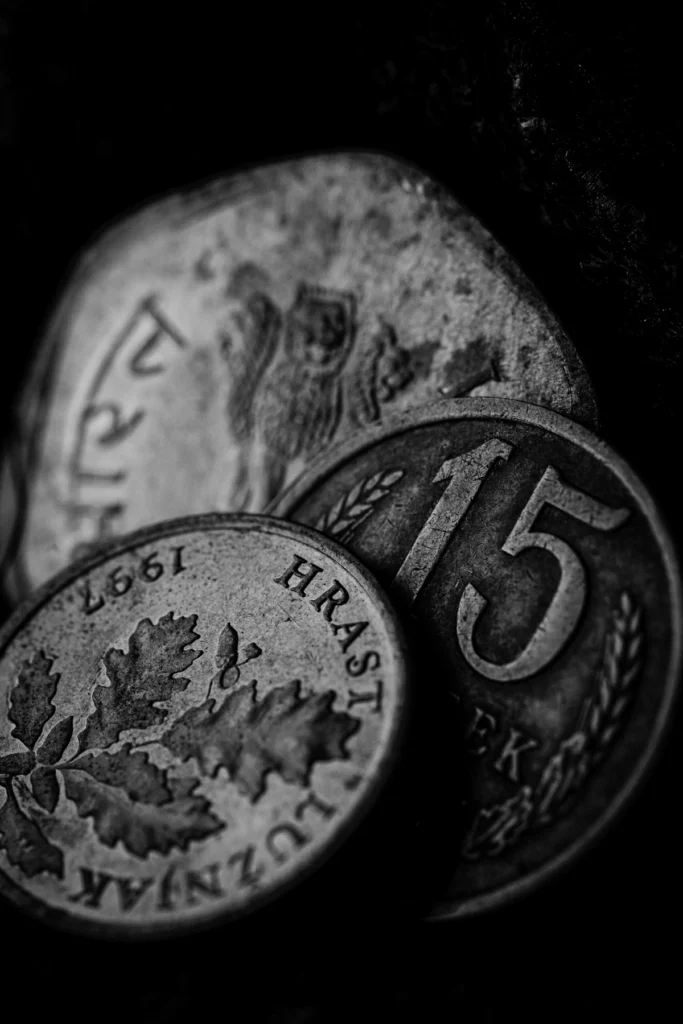
I shot these coins on my dining room table with my Tamron 90mm macro lens. I took a black sock and filled it up with other black socks to offer shape and support—a stable yet adaptable backdrop to help the coins I borrowed from one of my kids’ coin collections stand out. I had an adjustable lighting system on a tripod mount at a 45-degree angle, shining down on the coins from the top left to create shadow and texture.
The idea was to show off three different coins from three different countries, from three different time periods. I stacked them so the visual went from cleaner to rougher, and from newer to older. I didn’t go for as shallow a depth-of-field as I could have, since I wanted to show some detail in all of the coins. The bit of bokeh I did achieve, however, adds some mystery, especially to that final coin—maybe it’s a piece of currency from the time of Julius Caesar!
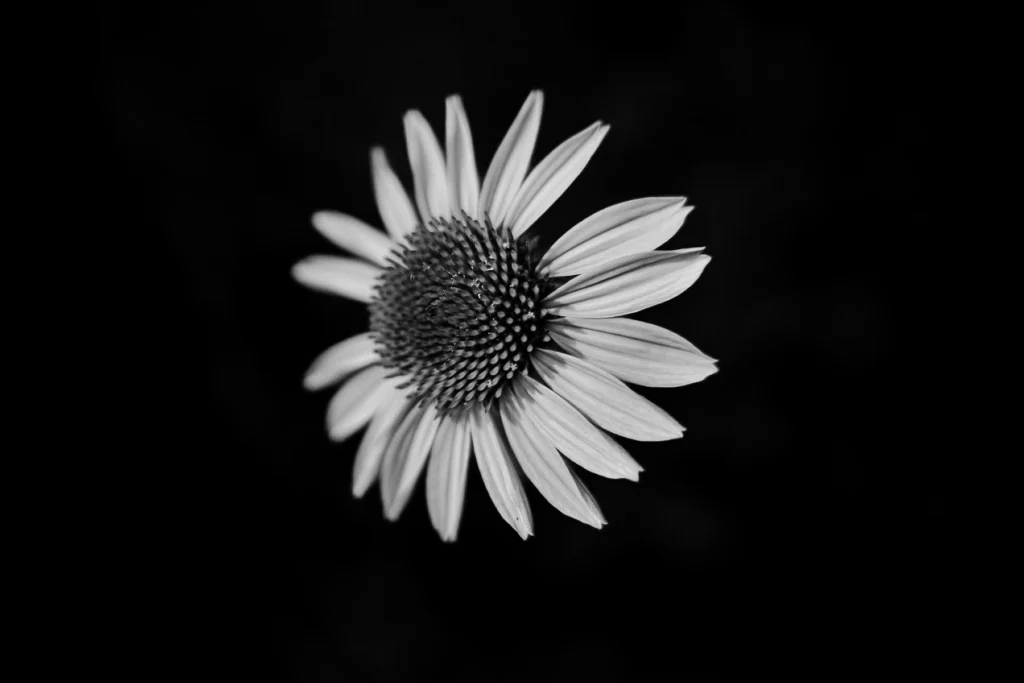
I discovered this flower growing along a sidewalk, standing taller than the others in its cluster. Taking advantage of the 35-150mm’s impressive close-focusing abilities, with a Minimum Object Distance (MOD) of 13 inches and a 1:5.7 magnification ratio at the wide end, I positioned myself at a 45-degree angle on the right side of the flower to take this shot. The lighting was terrific, coming in at the same angle from the left. Shooting at F2, I achieved an ultra-shallow depth-of-field that made the flower appear almost suspended in space, isolating it from the background and enhancing its details and texture.
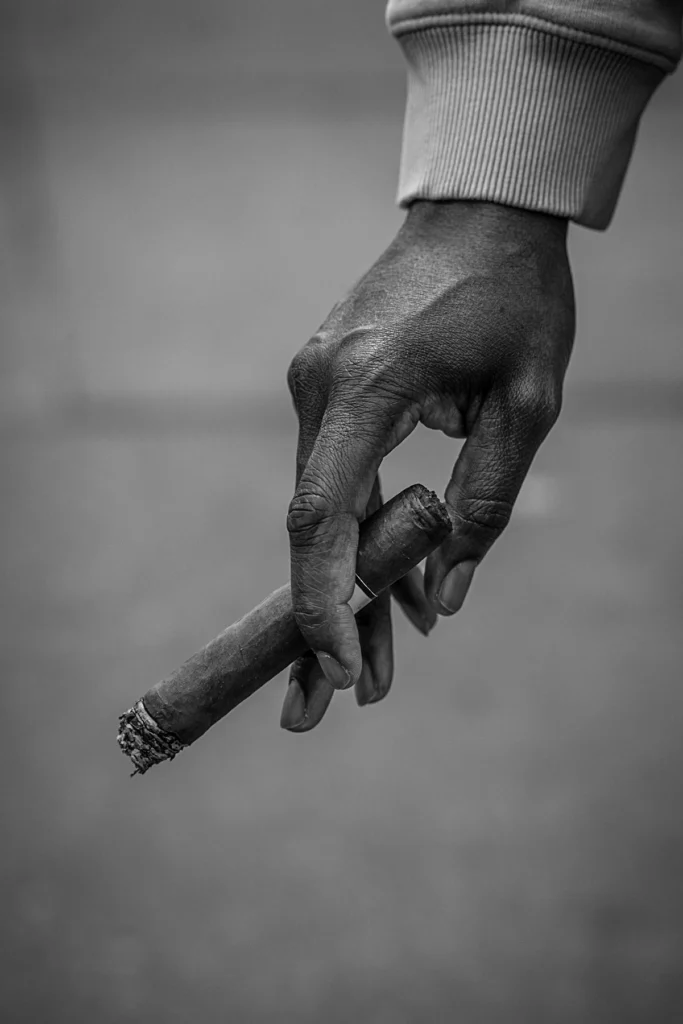
During a photo walk in downtown Nashville, one of my buddies decided to grab a cigar for the stroll. We were walking in one of my favorite parts of town, killing time before golden hour, when I noticed how striking the cigar looked dangling from his hand. I lined up, squatted, zoomed in, and got the shot. The versatility of the 35-150mm lens allowed me to capture sharp details against a shallow depth-of-field, making my subject pop against the softly blurred background.
The best part of the story behind this photo is that it resonated on social media, quickly gained traction, and attracted the attention of actor Stephen Hill, who starred in the recent Color Purple remake and Magnum PI reboot. He reached out to me to see if he could get a print of that image to hang in his apartment in Hawaii. It’s pretty cool how a photo can connect people from totally different worlds.
To see more of Tony Shepherd’s work, check out his website and Instagram.
